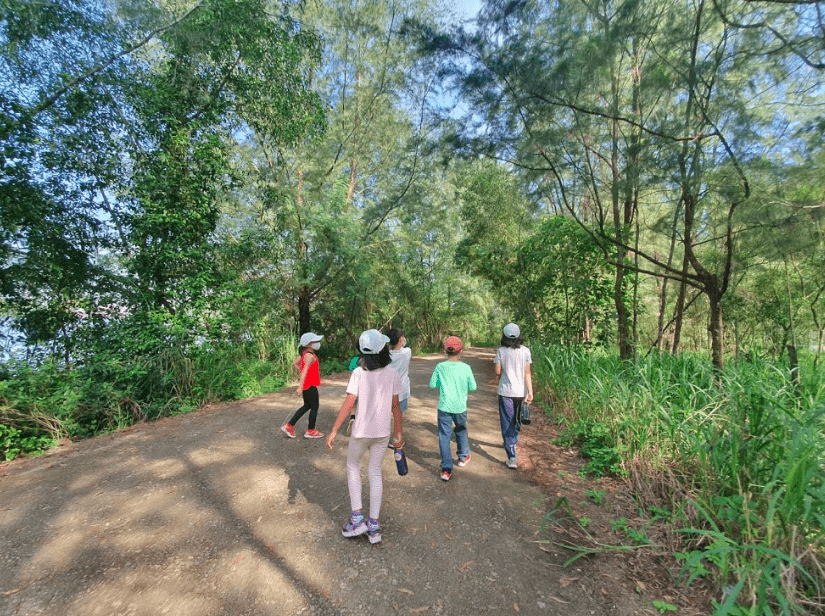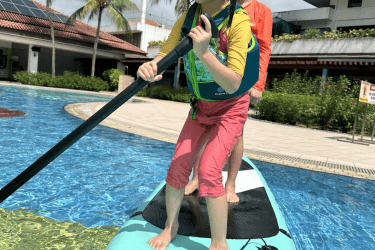Welcome to a guide to local hiking trails ideal for family adventures. This article, designed with care for Little Rangers, answers common questions, offers practical tips, and highlights the benefits of family hiking for health and team building. Focusing on safety, planning, and education, families—including the little rangers among them—can turn outdoor recreation into a fun, memorable, and enriching experience. The following sections detail trail options, preparation strategies, and community support for family outings.
What Are the Best Local Hiking Trails for Families?
Families seeking outdoor recreation often need trails that are engaging yet safe. The best local hiking trails offer accessible terrain, scenic views, and family-friendly amenities that ensure a secure and enjoyable experience.
Which Trails Are Easiest and Safest for Young Children?
Trails with even, wide paths, minimal elevation, and soft surfaces like packed earth are ideal for young children. Clear signage, well-maintained walkways, low traffic, and railings or borders further minimize fall hazards, making these trails especially safe.
What Family-Friendly Amenities Can You Expect on Local Trails?
Many trails are equipped with restrooms, picnic areas, and playgrounds. Features such as water fountains, placards with local flora and fauna information, and accessible parking for strollers add convenience and safety, making them perfect for longer outings.
How Do Trail Difficulty and Distance Affect Family Hiking Choices?
Families typically choose shorter, flatter trails to combine exercise with leisure. A trail’s length, elevation gain, and surface condition are key factors. Trails that are too challenging may tire children, while moderate trails promote fitness, teamwork, and confidence—ideal for both family fun and team building.
How Can You Prepare for a Successful Family Hiking Adventure?
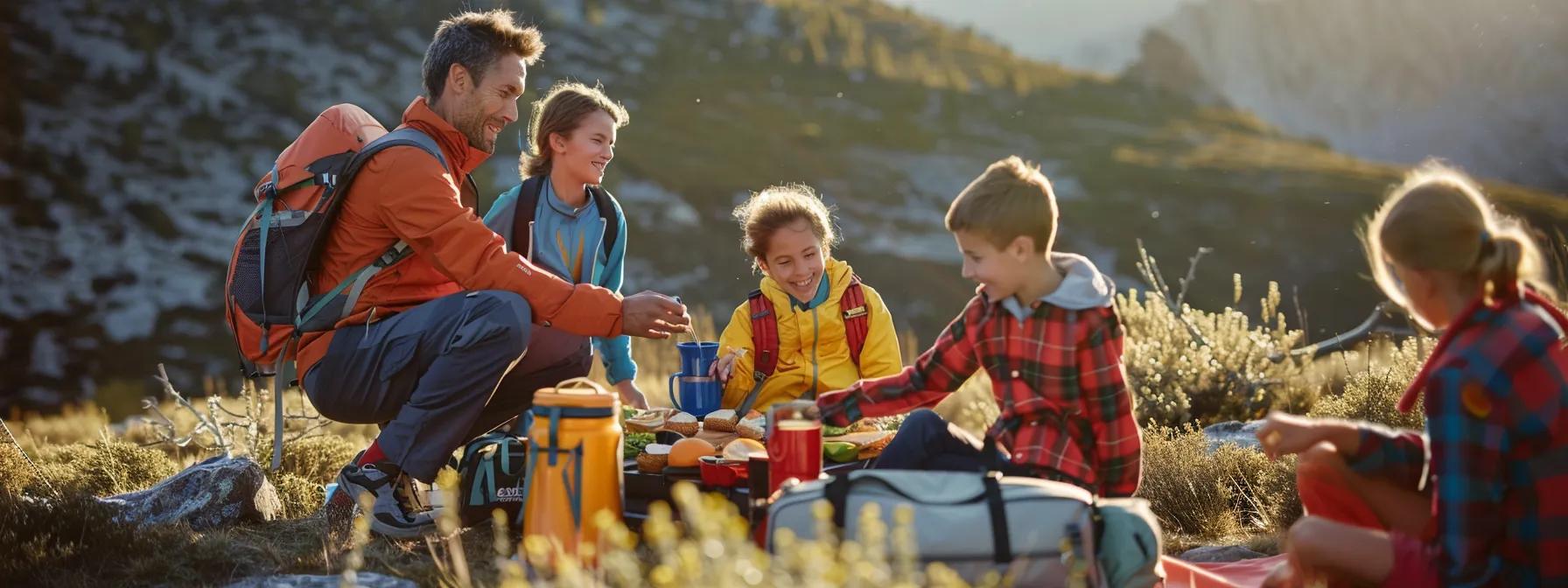
Good preparation ensures a smooth hiking experience. Both families and corporate teams should plan efficiently, pack according to the ages and abilities of participants, and bring all necessary gear to handle any challenges.
What Essential Hiking Gear Should Families Bring?
Essential gear includes sturdy footwear with good grip, layered clothing for weather changes, and a reliable backpack stocked with water, snacks, and a first aid kit. Additional items like sun hats, sunscreen, insect repellent, maps, and communication devices can enhance safety and navigation for both casual hikes and corporate events.
What Are the Best Safety Tips for Hiking With Kids?
Safety during hikes starts with proper planning. Always share your route and expected return time, carry a basic first aid kit, and keep a close watch on trail markers and hazards. Hiking during daylight, setting a comfortable pace, and adopting a buddy system can prevent fatigue and ensure everyone stays together.
How Do You Pack and Plan for Different Ages and Abilities?
Consider the varying needs of trail participants by packing lightweight gear, extra water, and age-appropriate snacks. Plan routes with frequent rest stops and easy access points. Shorter segments with breaks benefit younger children, while longer distances can be enjoyed by older members. Detailed planning ensures all participants feel supported and engaged.
Where Are the Top Local Hiking Trails by Location?
Local trails vary by region with distinct features and community enhancements. Exploring trails by location allows families and corporate teams to choose routes that best suit their accessibility and amenity needs.
What Are the Best Family Trails in Marin County?
Marin County offers mild terrain, coastal views, and well-maintained trails ideal for families. With gentle loops, shaded paths, picnic facilities, and informative placards, Marin County provides short hikes for young children and longer loops for physical activity and team building, making it a favored destination for corporate events.
Which Trails in Golden Gate Park Are Ideal for Families?
Golden Gate Park in San Francisco boasts a variety of trail options—from paved boardwalks to woodland paths. Scenic views, open fields, and cultural exhibits enrich the experience, while designated picnic areas and playgrounds boost family fun. The park’s infrastructure supports both leisurely strolls and more challenging hikes.
How to Find Family-Friendly Trails Near Your City?
Consult local tourism boards, hiking apps, or community forums to discover nearby trails. Detailed maps often highlight trails with child-friendly amenities, safety ratings, and user reviews. Local outdoor organizations can also provide tailored recommendations for both family outings and corporate team building.
What Are the Most Popular Trail Features for Family Hikes?
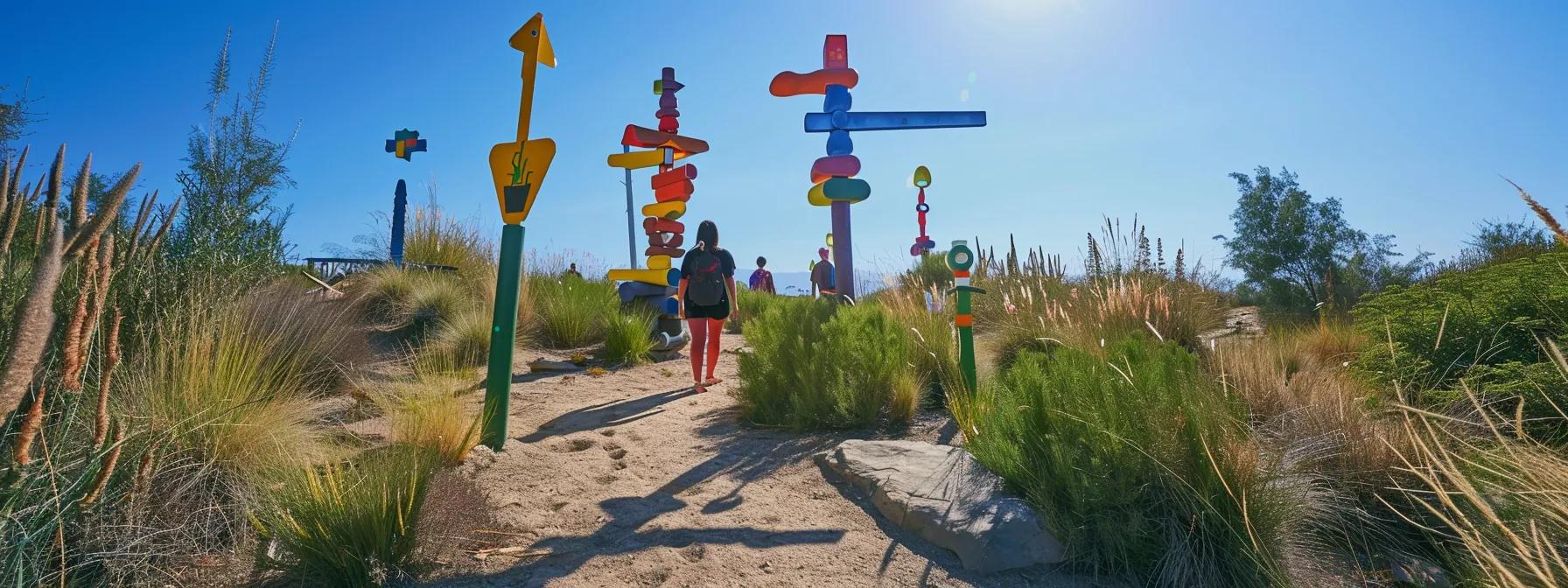
Key trail features enhance the outdoor experience by adding fun and engagement. Natural landmarks and interactive elements provide both physical and mental stimulation for all ages.
Which Trails Have Waterfalls and Scenic Views for Kids?
Trails with waterfalls and vistas captivate children and add a magical element to the hike. Safe viewing platforms and informative signs about geology and hydrology create memorable photo opportunities and foster a deeper appreciation for nature, sparking group discussions and explorations.
Where Can Families Find Trails With Playgrounds and Picnic Areas?
Some trails integrate playgrounds, picnic zones, and rest areas to promote community interaction. These facilities allow children to expend energy while adults relax, making urban park trails and nature reserves ideal for both family outings and team building events.
How Do Wildlife and Nature Activities Enhance Family Hiking?
Wildlife sightings, birdwatching, and guided nature walks offer educational moments and deepen the connection with the environment. By engaging in activities like identifying local flora and fauna, families enhance memory retention and group bonding while combining fun with learning.
How Can Families Make Hiking Fun and Educational for Kids?
Hiking can be transformed into an educational adventure by integrating fun activities that build resilience and teamwork. Engaging children with games and storytelling enriches the outdoor experience.
What Are the Best Hiking Games and Activities for Children?
Games like scavenger hunts, nature bingo, and “I Spy” prompt exploration and enhance observational skills. Counting bird species or identifying plant leaves turns the hike into an interactive classroom that builds teamwork, critical thinking, and communication skills among young hikers.
How Can Parents Teach Kids About Nature on the Trail?
Every step of the hike can be an educational opportunity. Parents may discuss local ecosystems, weather patterns, and conservation efforts. Sharing anecdotes about the habitat and local wildlife and using mobile apps for species identification can spark a child’s interest in nature and science.
What Are Tips for Keeping Kids Motivated on Longer Hikes?
To maintain enthusiasm, incorporate regular breaks, set small goals, and provide mild rewards. Using a chart to mark achievements or allowing children short detours with a promised treat can boost morale and make the hike a group success.
How Does the Community Support Family Hiking Adventures Locally?
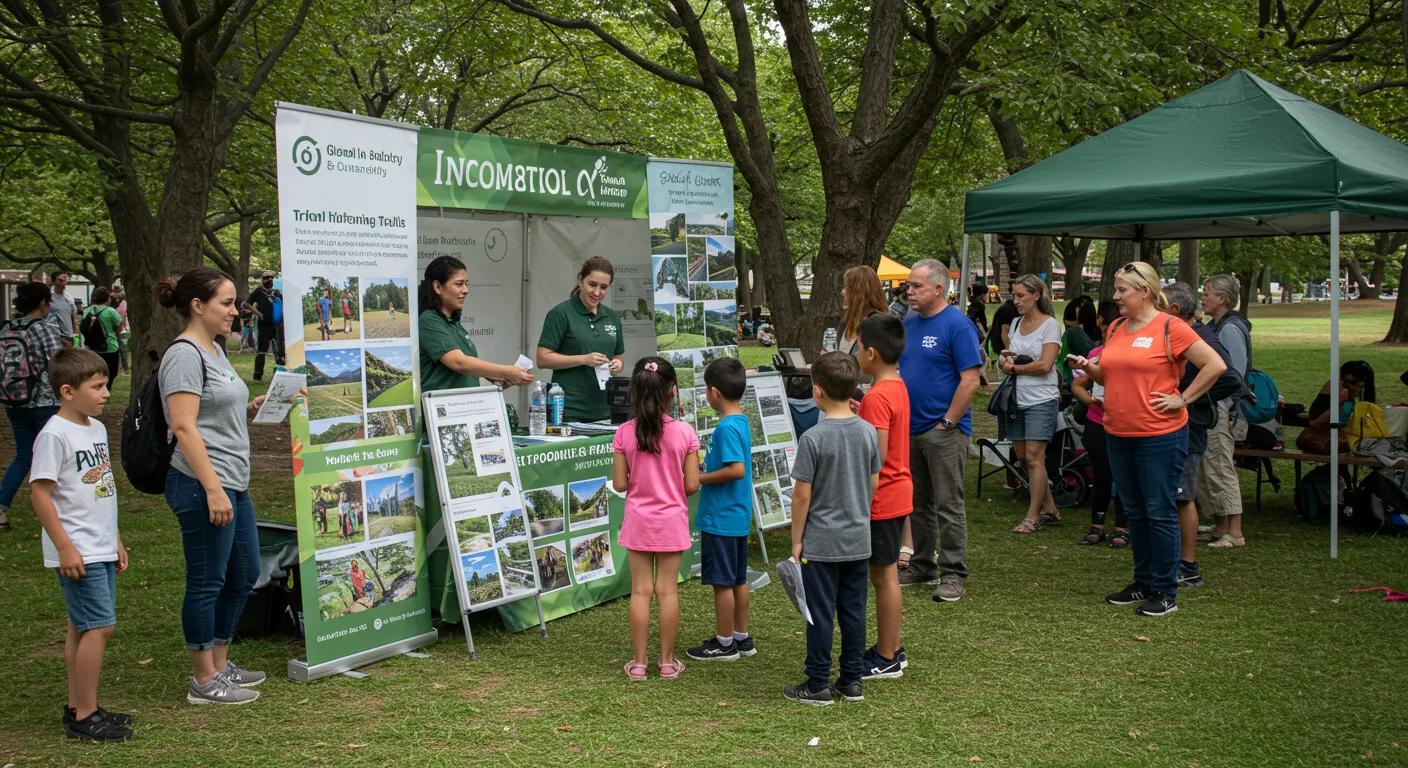
Communities play a vital role in promoting family hiking by organizing events and maintaining trails that provide both practical resources and motivational support for outdoor recreation.
What Family Hiking Events and Guided Hikes Are Available?
Local communities often host guided hikes and events that prioritize safety and education. These events, led by experienced guides, include workshops, team challenges, and communal picnics. Such events are ideal for corporate groups looking to blend team building with outdoor recreation.
How Can Families Share Experiences and Tips in Local Forums?
Digital platforms and hiking clubs offer spaces for sharing trail reviews, safety advice, and seasonal tips. Community forums help build repositories of practical knowledge that benefit both newcomers and experienced hikers. These shared insights also help corporate teams refine their event strategies.
Why Is Connecting With Local Hiking Organizations Important?
Working with local hiking organizations provides access to expert knowledge, well-maintained trails, and current safety guidelines. These groups offer volunteer guides, training sessions, and curated maps, ensuring a professionally guided and safe experience while promoting local environmental stewardship.
What Are the Latest Trends and Tips for Family Hiking Safety and Sustainability?
Family hiking is evolving with increased emphasis on sustainability and safety. Trends include using digital navigation tools, eco-friendly gear, and practices that minimize ecological impact to preserve trails for the future.
How Can Families Practice Responsible Hiking and Leave No Trace?
Responsible hiking means following Leave No Trace principles: carrying out trash, staying on designated paths, and leaving wildlife undisturbed. Using reusable gear and planning meals with minimal packaging supports an eco-friendly mindset, promoting conservation and respect for nature.
What Are Updated Safety Guidelines for Hiking With Children?
Current guidelines advise close supervision of children, the use of GPS tracking devices, and frequent rest stops. Emphasizing proper hydration, sun protection, and weather-appropriate clothing is essential. Regular trail condition updates from local authorities help families adapt their plans to ensure safety.
How Is Hiking Participation Growing Among Families?
As more communities invest in accessible, family-centric trails, hiking participation is on the rise. Increased interest—especially in the post-pandemic era—has boosted corporate group hikes and public events. Educational institutions and local governments support this trend by promoting active lifestyles and environmental literacy.
Frequently Asked Questions
Q: What factors should families consider when choosing a hiking trail? A: Look for trails with appropriate difficulty, clear safety features, convenient amenities, and suitable length for all ages.
Q: How can corporate teams benefit from family hiking events? A: Team building through hiking events fosters communication, resilience, and cooperation while enhancing wellness and outdoor engagement.
Q: What gear is essential for a safe family hike? A: Essential items include sturdy footwear, layered clothing, water, snacks, a first aid kit, sunscreen, and navigation tools like maps or a GPS device.
Q: How can local communities support family hikes? A: Communities support family hikes by organizing guided events, maintaining safe trails, offering educational programs, and facilitating forums for sharing experiences.
Q: What sustainable practices should be followed during a hike? A: Stay on marked paths, pack out all trash, use eco-friendly gear, and respect wildlife to minimize environmental impact.
Final Thoughts
Family hiking adventures offer immense benefits for physical health and team bonding. By selecting safe, accessible trails and preparing carefully, families can turn outdoor recreation into a meaningful and educational experience. Community support and responsible practices ensure that trails remain safe and sustainable, strengthening family bonds and enhancing corporate team spirit through shared outdoor experiences.
